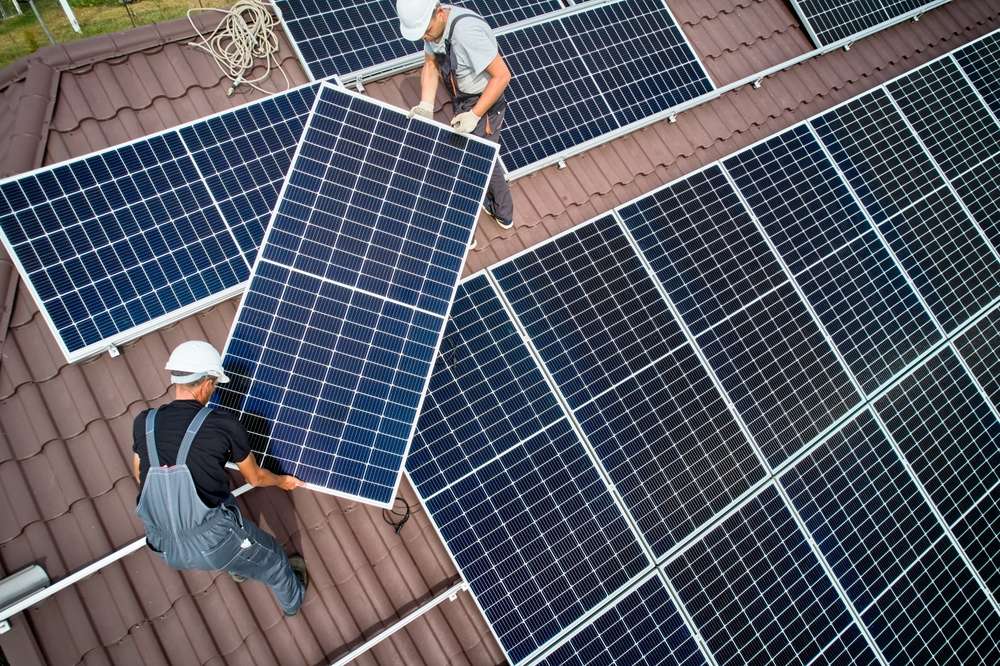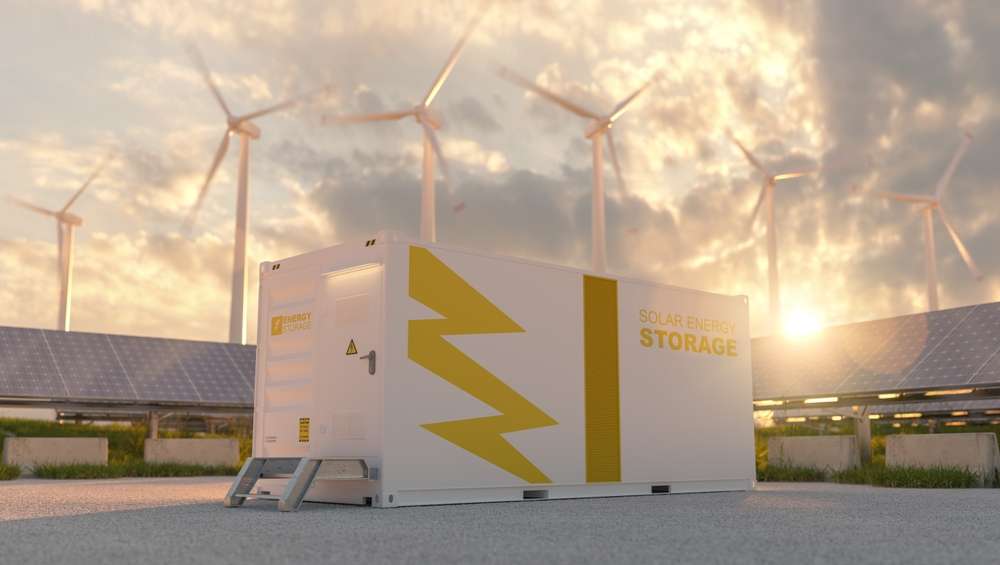The Cost Of Solar Panels May Surprise You
Solar energy has become increasingly accessible to homeowners worldwide, with installation costs dropping significantly over the past decade. Many people assume that solar panels remain prohibitively expensive, but current market conditions and technological advances have created opportunities for substantial savings. Understanding the true cost of solar systems can help you make informed decisions about this renewable energy investment for your home.

What Are Current Solar Panel Prices?
Solar panel prices have experienced dramatic reductions since 2010, with costs falling by more than 70% in many markets. The average residential solar system now costs between $15,000 and $25,000 before incentives, depending on system size and location. Most homeowners require a 6-8 kW system to meet their energy needs, which translates to approximately $2.50 to $4.00 per watt installed.
The price variation depends on several factors including panel quality, inverter type, installation complexity, and regional market conditions. Premium panels with higher efficiency ratings typically cost more upfront but can provide better long-term value through increased energy production and extended warranties.
Finding the Best Solar Companies in Your Area
Selecting qualified solar installers in your area requires careful research and comparison. Reputable companies should hold proper licensing, insurance, and certifications from organizations like the North American Board of Certified Energy Practitioners. Local installers often provide competitive pricing and personalized service, while national companies may offer standardized processes and extensive warranties.
When evaluating solar companies, consider their experience, customer reviews, equipment partnerships, and financing options. Many established installers offer comprehensive services including site assessment, permit handling, utility interconnection, and ongoing maintenance support. Request multiple quotes to compare pricing, equipment recommendations, and installation timelines.
How Solar Panel Installers Near Me Affect Total Costs
Local solar panel installers significantly impact your overall project costs through labor rates, permitting expertise, and regional supplier relationships. Installers familiar with local building codes and utility requirements can streamline the installation process and avoid costly delays. Regional labor costs vary considerably, with installations in metropolitan areas typically commanding higher prices than rural locations.
Proximity also affects ongoing service and warranty support. Local installers can respond quickly to maintenance needs or system issues, while distant companies may charge travel fees or have longer response times. Some installers offer monitoring services and performance guarantees that provide additional value beyond the initial installation.
| Solar Company | System Size | Cost Estimation | Key Features |
|---|---|---|---|
| Sunrun | 6-8 kW | $18,000-$24,000 | Leasing options, monitoring app |
| Tesla Solar | 6-8 kW | $15,000-$20,000 | Integrated battery options, sleek design |
| SunPower | 6-8 kW | $20,000-$28,000 | High-efficiency panels, 25-year warranty |
| Vivint Solar | 6-8 kW | $17,000-$23,000 | Custom designs, smart home integration |
Prices, rates, or cost estimates mentioned in this article are based on the latest available information but may change over time. Independent research is advised before making financial decisions.
Factors That Influence Solar System Pricing
Several key factors determine the final cost of your solar installation beyond basic equipment prices. Roof characteristics such as age, material, angle, and shading significantly impact installation complexity and costs. Homes with simple roof layouts and optimal sun exposure typically require less labor and fewer specialized components.
System size requirements depend on your household energy consumption, available roof space, and efficiency goals. Larger systems benefit from economies of scale, reducing the per-watt installation cost. However, oversized systems may not provide proportional returns on investment in areas with net metering caps or limited roof space.
Hidden Costs and Potential Savings
While the advertised system price covers major components, additional costs may include electrical upgrades, roof repairs, permits, and inspection fees. Some homes require electrical panel upgrades or structural reinforcement, adding $1,000 to $3,000 to project costs. However, these improvements often provide long-term benefits beyond solar installation.
Federal tax credits currently provide 30% of total system costs as tax credits, significantly reducing net investment. Many states and utilities offer additional rebates, performance incentives, or net metering programs. These incentives can reduce effective system costs by 40% to 60% in favorable markets.
Long-Term Financial Benefits
Solar panels typically pay for themselves within 6-10 years through electricity savings, depending on local utility rates and system performance. Most quality panels carry 20-25 year warranties and can produce electricity for 30+ years with minimal maintenance. This longevity provides decades of essentially free electricity after the payback period.
Property value increases from solar installations average 3-4% of home value, often exceeding the net system cost. Solar homes also sell faster than comparable properties without renewable energy systems. Combined with ongoing electricity savings, solar panels represent both immediate utility cost reduction and long-term investment value.
Solar panel costs have become surprisingly affordable for many homeowners, especially when considering available incentives and long-term savings. The combination of falling equipment prices, mature installation markets, and generous tax credits has created favorable conditions for solar adoption. By researching local installers, understanding total project costs, and evaluating available incentives, homeowners can make informed decisions about solar energy investments that provide both environmental benefits and financial returns.




